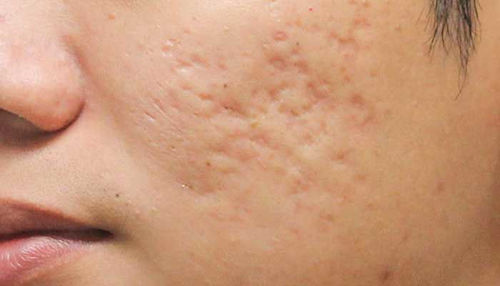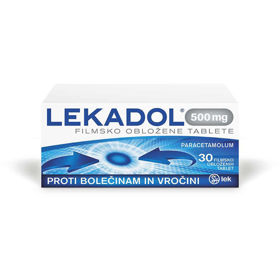
For the normal functioning of our body, the body temperature must be within narrow limits and therefore our brain constantly monitors it. Normal TT in adults is usually 37 ° C ± 0.5 ° C (measured by mouth). It can change during the day even by 0.6 ° C or during physical activities, and in women during the menstrual cycle (highest during ovulation, + 0.6 ° C).
BODY TEMPERATURE MEASUREMENT (TT)
TT values are different in different parts of the body. The most accurate measurement is in the rectum. It is recommended that medical personnel measure TT with electronic or chemical underarm thermometers or in-ear IR thermometers.
FEVER OR FEVER OR FEBRUAL CONDITION
Fever or fever is a sign or. symptom of other diseases and is common also associated with physical discomfort that erupts when TT is lowered. There is no consensus in the professional literature on when to talk about elevated TT in adults. N The most commonly written definition is that fever is a body temperature measured in the mouth that is higher than 1 degree above normal TT (37 ° C7) or values higher than 37.2 ° C in the morning and higher than 37.7 ° C in the evening. In children, we talk about fever when TT > 38 ° C measured in the rectum or > 37.2 ° C measured under the tongue in the mouth.
Signs of fever are due to the body's adaptation to a higher thermoregulatory temperature point and are: shivering, chills, sweating, headache, thirst, faster breathing, facial redness, warm skin.
TT height is not always a reflection of disease severity. Pri colds and flu fever may be accompanied by a stuffy nose, headache, pain in the throat, muscles and joints, and joint tissues. In children under 3 months of age, fever is a rare occurrence and a sign of severe illness. In children older than 6 months, it is usually not dangerous, and disappears within 3 to 4 days.
HOW TO SAFELY REDUCE THE HEAT?
By lowering TT, we improve well-being and reduce water loss, but by lowering non-critical values (< 39 ° C), we can delay the recognition of the underlying disease.
We start lowering the temperature, to prevent adverse effects on the body.
Measures that can be taken to manage a febrile condition : drinking large amounts of fluids, ventilating the premises several times a day, resting and sleeping in light clothes and thin blankets, checking the hydration of children even at night, resting at home. Cold compresses or baths are older ways of controlling heat and their usefulness when administering antipyretics does not make sense .
Elevated TT can without medical supervision facilitated by use antipyretics . This means choosing the right strength of the medicine (children and adults) and checking the effect on the rest of the body. Paracetamol is more suitable for patients with stomach problems and risk groups (pregnant women, nursing mothers, the elderly). Lekadol plus C). If other symptoms are present (with a cold it is a stuffy nose, and with the flu it is muscle pain, headache), we can also choose multicomponent medications, e.g. Lekadol Combo.











